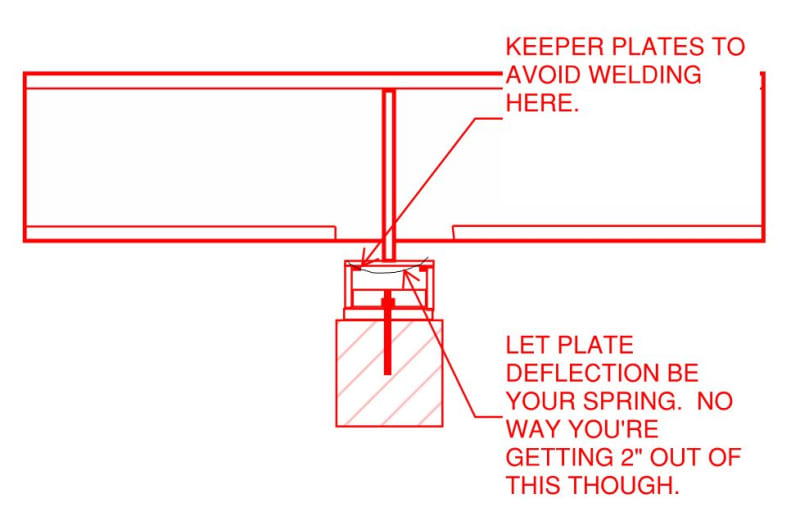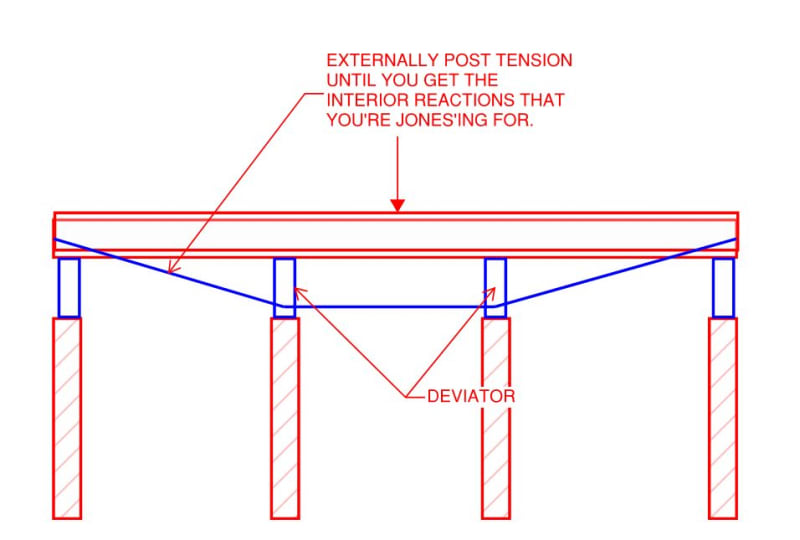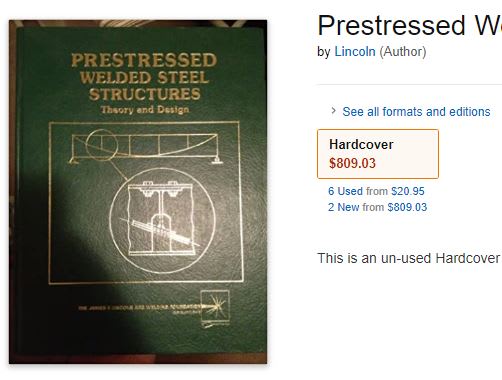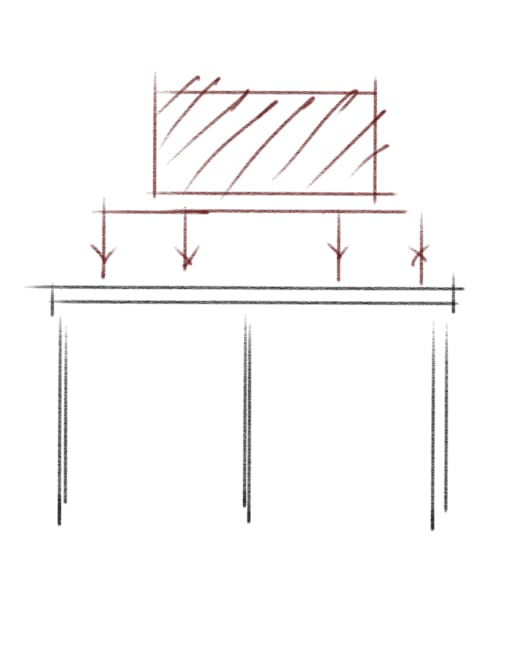Thanks for all the responses. Some responses:
rb said:
Wouldn't the most significant stiffness/flexibility be the supporting beams ?
Not really, walls/beams that support the new beams are super stiff compared to my new beams even if using the stiffest available steel beam.
Re Kootk:
1) What's the situation here?
- Equipment on existing roof
a) Beam spans?
- New beam would be a continuous 3 span beam - 21', 26', 16' with the equipment in the center span.
c) What kind of wall?
Masonry wall that is supported by a concrete beam
d) How much space is there available between the beam and these supports?
Any distance that we want (it's on the roof)
e) Why doe the beam need to have uniform-ish reactions?
Well, the concrete beam supporting the wall (which supports the new beam), can only handle a about 65% of the simple span reaction. I could side track into talking about the interaction of the brick masonry on top of the concrete beam, but not sure if we need to go down that road yet.
3) Maybe a true, vehicular, spring action shock absorber somehow?
- right, maybe.
4) I couldn't resist the temptation to try to be creative on this, ergo the sketch below. Fairly predictable but no way in hell you're getting 2" travel out of that kind of setup. You also lose your bottom flange continuity but, if the rest of this would be doable, we could solve that easily enough.
- Not a bad idea.
pharmENG said:
A little corrosion, excess dirt/debris, and other environmental problems could cause your springs to bind and negate the whole exercise.
- This got me thinking. Once the equipment is in place and the springs deflect. You could actually lock the springs at that point, right? Seems right, but gets confusing if you were to remove the load and that put it back on. I suppose once you remove it, you'd get a negative reaction at the interior supports.
DH - thanks, very interesting to say the least. Impressive that you have that information. I'll see if I can get anywhere with this.
JLNJ - thanks, I'll into that.
EIT




